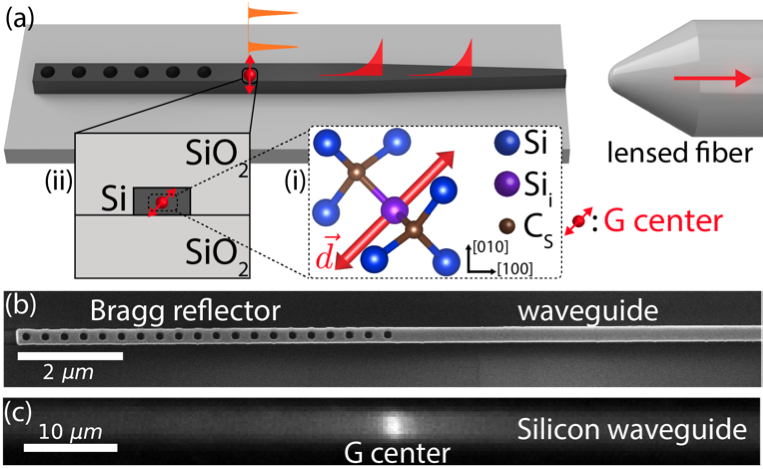The Quantum Devices Group at UC Berkeley and Berkeley Lab focuses on understanding and developing integrated quantum devices to enable future quantum technologies, and using these systems to gain new insights into quantum dynamics and coherence in nanoscale systems.
Please check our publications and recent recorded talks to learn more about our work, and open positions to see how to join our team.
Current research directions

Next-generation superconducting qubits
Superconducting quantum circuits are currently the leading solid-state quantum computing platform. We study and engineer how superconducting qubits interact with defects and phonons to enable protected qubits with longer coherence, quantum transducers, and quantum memories. Recent topics include:
- Next-generation superconducting qubits via phononics [Odeh 2025]
- Quantum transduction between superconducting qubits, phonons, spins, and optical photons [Mirhosseini 2020]
- Microscopic origins of dielectric loss [Zhang 2025]
- Coherence in electromechanical quantum systems [Maccabe 2020]
- Materials origins of qubit-phonon interactions [Zhou 2025]
Optically interconnected spin-qubit registers in silicon photonics
We are developing defects in silicon with atom-like optical and spin properties to enable scalable quantum communication nodes. Recent research topics include:
- How can we engineer an atom-like qubit in silicon? [Xiong 2023], [Dhaliah 2022]
- Photonic indistinguishability in scalable silicon defect-cavity arrays [Komza 2024], [Zhang 2025], [Komza 2025]
- A multi-qubit register based on nuclear spins [Song 2025]
- Demonstration of quantum communication and repeater protocols with silicon photonics at the UC Berkeley – LBL Quantum Network Testbed
